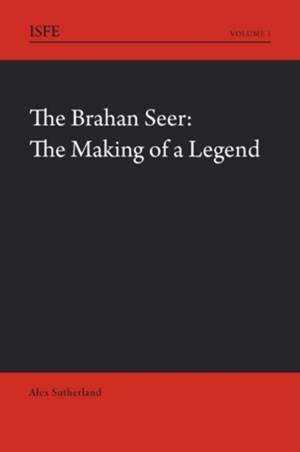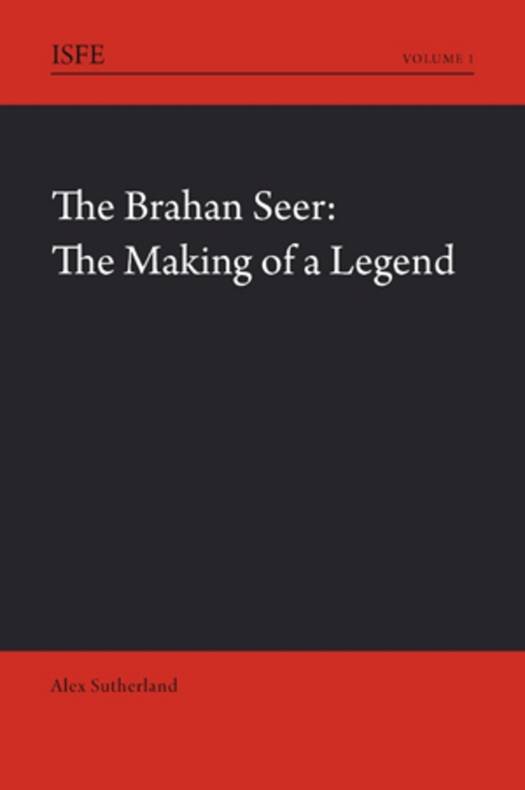
- Afhalen na 1 uur in een winkel met voorraad
- Gratis thuislevering in België vanaf € 30
- Ruim aanbod met 7 miljoen producten
- Afhalen na 1 uur in een winkel met voorraad
- Gratis thuislevering in België vanaf € 30
- Ruim aanbod met 7 miljoen producten
Zoeken
Omschrijving
The Brahan Seer is a legendary figure known throughout Scotland and the Scottish Diaspora and indeed anywhere there is an interest in looking into the future. This book traces the legend of the Seer between the sixteenth and twenty-first centuries. It considers the seer figure in relation to aspects of Scottish Highland culture and society that shaped its development during this period. These include the practice and prosecution of witchcraft, the reporting and scientific investigation of instances of second sight, and the perennial belief in and use of prophecy as a means of predicting events. In so doing the book provides a set of historicised contexts for understanding the genesis of the legend and how it changed over time through a synthesis of historical events, oral tradition, folklore and literary Romanticism. It makes a contribution to the debates not only about witchcraft, second sight and prophecy but also about the relationship between 'popular' and 'elite' culture in Scotland. By taking the Brahan Seer as a case study it argues that 'popular' culture is not antithetical to 'elite' culture but rather in constant (and complex) interaction with it.
Specificaties
Betrokkenen
- Auteur(s):
- Uitgeverij:
Inhoud
- Aantal bladzijden:
- 282
- Taal:
- Engels
- Reeks:
- Reeksnummer:
- nr. 1
Eigenschappen
- Productcode (EAN):
- 9783039118687
- Verschijningsdatum:
- 7/01/2009
- Uitvoering:
- Paperback
- Formaat:
- Trade paperback (VS)
- Afmetingen:
- 152 mm x 229 mm
- Gewicht:
- 381 g

Alleen bij Standaard Boekhandel
+ 267 punten op je klantenkaart van Standaard Boekhandel
Beoordelingen
We publiceren alleen reviews die voldoen aan de voorwaarden voor reviews. Bekijk onze voorwaarden voor reviews.








